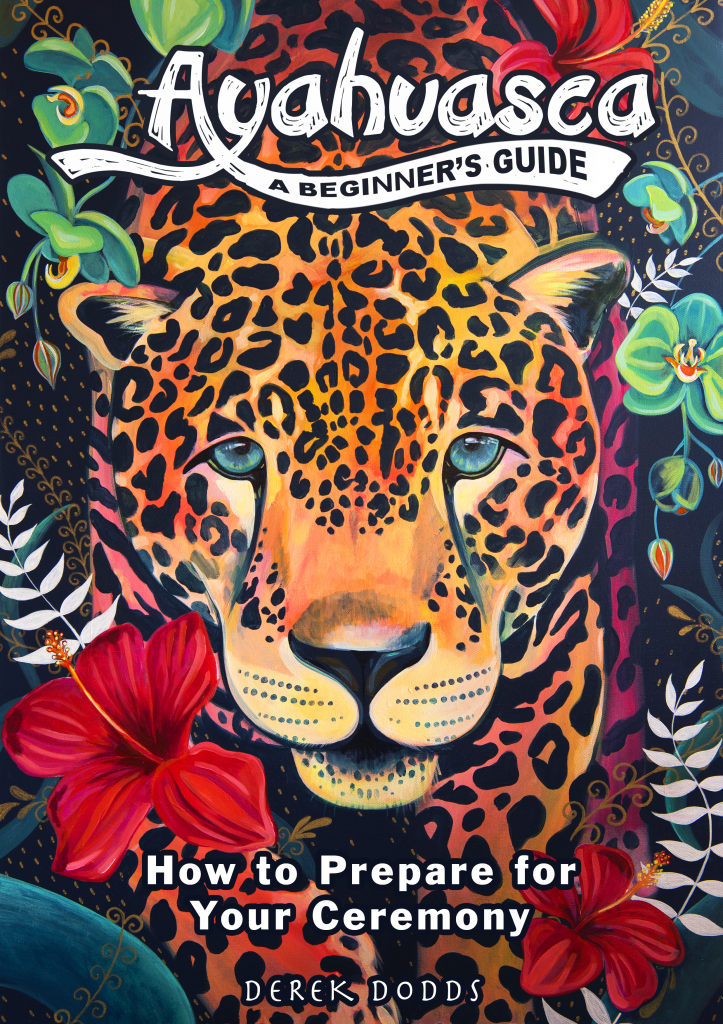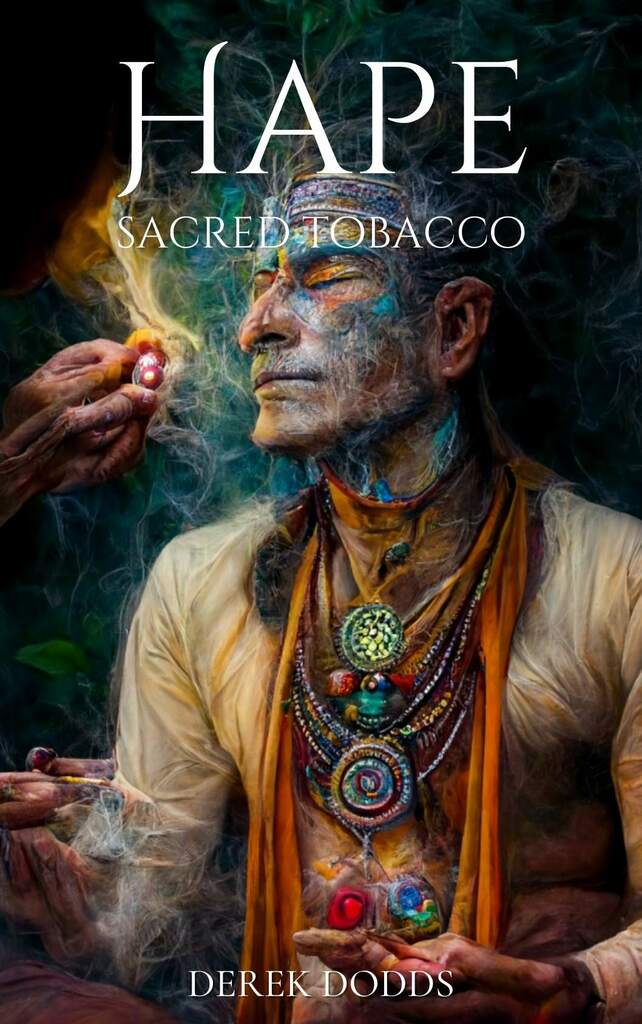A Sinaloan Road Trip: Why Surfers Risk Everything for Waves
Everyone said I shouldn’t go. “It’s dangerous down there right now,” my friends and family told me.
In fact, just a few kilometers from where we stay, two Australian surfers disappeared and lost their lives in a horrific story of injustice and brutality.
According to reports, they were pulled over by assassins dressed in police uniforms and shot. The assailants lit the Ozzy van on fire and the bodies were burned—hopefully not still alive.
The authorities had to do a DNA analysis of the remains to identify the surfers. This happened at the end of 2015, just as I was sending my deposit in for my first surf trip to the notorious state of Sinaloa. Sinaloa, the land of Billionaire drug kingpin El Chapo.
The first time around, I almost backed out of the trip a few times. It’s difficult to fight that internal struggle between fear and stoke. It seems like the world is getting more violent—or perhaps I am just more sensitive to it these days.
Regardless of the internal struggle in my brain, stoke keeps winning out and this year marks my third saltwater rodeo to the magical state of Sinaloa.
Ranked 15th in the world for coastlines, Mexico has 5797 miles of beachfront.
Much of the Mexican coastline is surfable at some point in the year. She likes south swells, north swells, hurricanes, and micro-weather systems.
WHY MEXICO
She will eat you alive in Puerto Escondido and crush you in the channel near the island of Todos Santos. She has many playful sides and walks the line between violence and joy, between life and death.
She is wild—perhaps a mirror into our own psyche. We love her. We fear her. We hate her. We desire her.
We fly into Mazatlan airport and shuttle north to the small fishing village in the middle of nowhere. Half of the trip is on a sandy, solitary, and sundry dirt road. If there wasn’t a surf camp in this town, I doubt any gringo would ever know or care that this place existed. Lonely. Depressing. Dry. However, the people of Sinaloa are nothing like the land.
There are waves—great Mexican waves. Thus, we gringos care, and we care a lot. We care so much we open our gringo leather wallets wide open and drive into the heart of the Mexican drug cartel country. The country we only know from late-night news programs, Netflix specials, and poorly written surf magazine articles.
We travel into a land that looks and smells like places we would never visit in our own country because we long for that perfect, desolate, oceanic experience.
We crave the surf trip experience like a junky—we can’t wait to taste freedom, inject it deep into our veins. We spend our entire lives chasing the opportunity for another mouthful of salt water.
Desire & The Buddha
In Buddhism, understanding desire lies at the root of the Buddha’s teachings. The Buddha said of desire, “When we free ourselves of desire, we will know serenity and freedom.”
It is complex for me to understand what a life without desire would mean—would I still want to surf?
Is surfing simply an expression of movement on the sea? A dance with energy? A way to connect with something greater than ourselves?
Or, is surfing a way to lose ourselves? Surfing gives us a chance to disappear momentarily from all the suffering and worries of this life. The misery. The pain.
Only A Surfer Knows
Ask any surfer what dwells at the root of his addiction and I guarantee you that if he searches deep enough, he will discover this mysterious dichotomy.
Both the desire to exist and not exist play tug-a-war on the edges of our soul. Surfing is a magical and demonic interplay between both realities, an expression of life’s vitality and a journey into nothingness—potentially even death.
Surfing crosses a boundary within ourselves that we know little about—it reminds us of our insignificance—roaming the high tide and low tide lines of our lives.
We intuit that the potential for death is always there while surfing, lurking in the background, waiting patiently to surface and show itself. To remind. To frighten. But mostly, surfing is there to free us.
This is why we travel to dangerous places, take off on life-threatening waves in front of sharp rocks and razor reefs. We surf with great white sharks for fuck’s sake. We frequently push aside our fears and even our logic.
“Surfers are crazy,” many non-surfers say.
Are we insane or are we more alive because of our relationship to the sea?
Maybe we’re just caught in that dance of learning how to know life? Simply trying to find ourselves in the chaotic mess of existence. Desire to be free. Desire to know me.
Know Your Desire
The Second Noble Truth of Buddhism suggests that we should spend some time and energy knowing our desires, not, as many believe, getting rid of them. Love to surf? Surf your brains out!
Surfing reminds us that we are still alive, still exist, and yet strangely don’t exist. We surf and travel to experience life, to bring out that part of ourselves that frequently lies dormant in the shadows of our everyday existence.
Surfing invites that mysterious part of ourselves to the surface, and we fucking love it. Want it. Desire it. Crave it.
Ecology is about the relationship to things in and around us, and you can’t have one without the other. The outer is the inner. The inner is the outer.
Honor your inner ecology and magical things will happen, even in the badlands of the Mexican cartel.












0 Comment